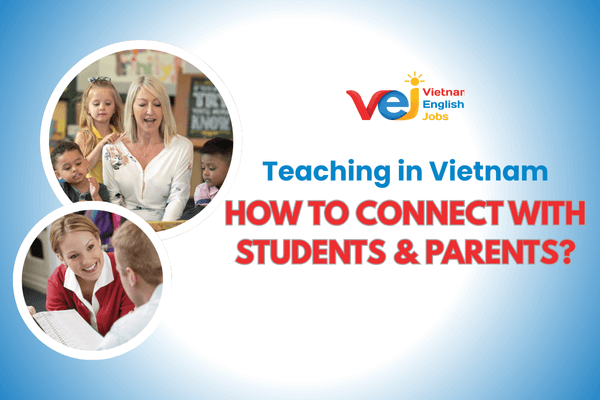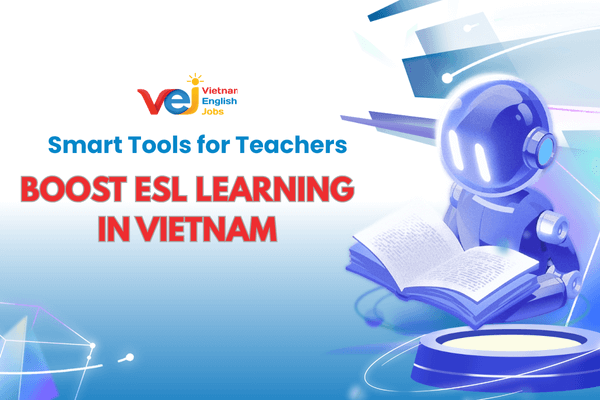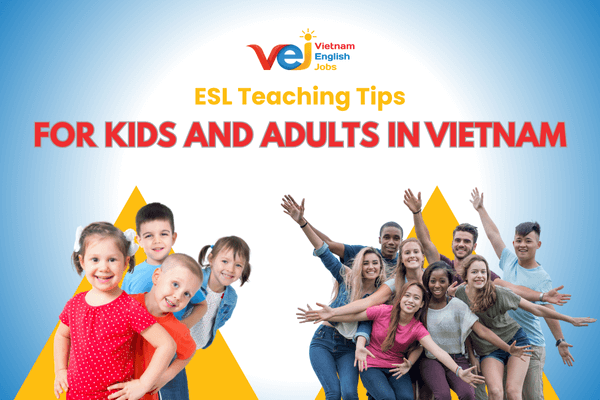Work Permit vs. Temporary Residence Card (TRC): Key Differences Explained
For expats planning to work and live in Vietnam, two important documents often cause confusion: the Work Permit and the Temporary Residence Card (TRC). While both are essential for foreigners in Vietnam, they serve different purposes and have different requirements. Understanding the differences will help you stay compliant with local laws and avoid unnecessary hassles.
In this article, we’ll explain the key differences between a Work Permit and a TRC so you can clearly see which one you need or if you need both.
1. What Is a Work Permit in Vietnam?
A Work Permit is a legal document issued by the Vietnamese government that allows foreign nationals to work in Vietnam.
Key Facts About the Work Permit:
- Purpose: Authorizes a foreigner to work legally in Vietnam.
- Issued by: Department of Labor, Invalids, and Social Affairs (DOLISA).
- Validity: Usually up to 2 years (renewable).
- Eligibility: Foreigners must have a sponsoring company, meet education/experience requirements, and pass a health check.
- Without it: Working in Vietnam is illegal and may result in fines or deportation.
Simply put: If you want to work in Vietnam, you need a Work Permit (unless you fall under exemption categories).

2. What Is a Temporary Residence Card (TRC)?
A Temporary Residence Card is a long-term visa substitute that allows foreigners to reside in Vietnam without frequently renewing short-term visas.
Key Facts About the TRC:
- Purpose: Grants residency rights for foreigners in Vietnam.
- Issued by: Vietnam Immigration Department.
- Validity: 1–5 years, depending on the applicant’s status.
- Eligibility: Often linked to a Work Permit, investor status, or being a spouse/relative of a Vietnamese citizen.
- Benefits: Multiple entry/exit, no need for constant visa runs.
Simply put: A TRC is like a long-term visa, making life easier for expats who plan to stay in Vietnam.
__-_1200x675.png)
3. Work Permit vs. TRC: Key Differences
|
Aspect |
Work Permit |
Temporary Residence Card (TRC) |
|
Purpose |
Legal right to work in Vietnam |
Legal right to stay long-term in Vietnam |
|
Issued by |
Department of Labor (DOLISA) |
Immigration Department |
|
Validity |
Up to 2 years |
1–5 years |
|
Requirement |
Mandatory for most foreign workers |
Granted to workers (with work permit), investors, and dependents |
|
Function |
Ensures your employment is legal |
Replaces visas, allows multiple entry/exit |
|
Dependency |
Can exist without TRC |
Usually requires a Work Permit (unless investor/family case) |
4. Do You Need Both?
In most cases, yes.
- If you are employed in Vietnam, you will need a Work Permit first.
- Once you have a Work Permit, you can apply for a TRC to make your stay more convenient.
Some foreigners, such as investors or those married to Vietnamese citizens, may qualify for a TRC without needing a Work Permit.
5. Which One Should You Apply for First?
The Work Permit usually comes first because it proves your legal employment. After securing it, you can then apply for a Temporary Residence Card. This way, you avoid short-term visa renewals and enjoy long-term stability in Vietnam.
While both documents are essential for expats, the Work Permit and TRC serve different functions:
- The Work Permit lets you work legally.
- The TRC lets you stay in Vietnam long-term without visa headaches.
For most expats working in Vietnam, the combination of Work Permit + TRC provides both legal employment status and convenient residency. Understanding this difference will help you navigate Vietnam’s legal system smoothly and focus on building your life here.

















